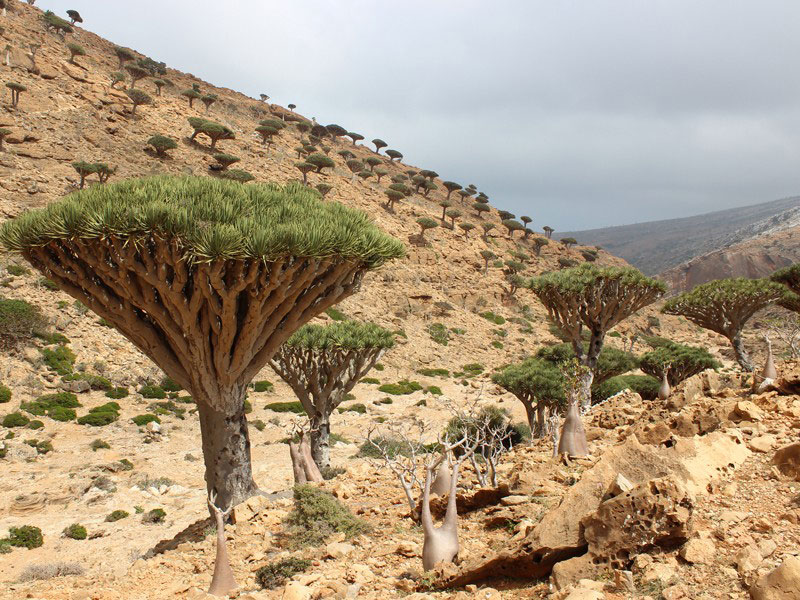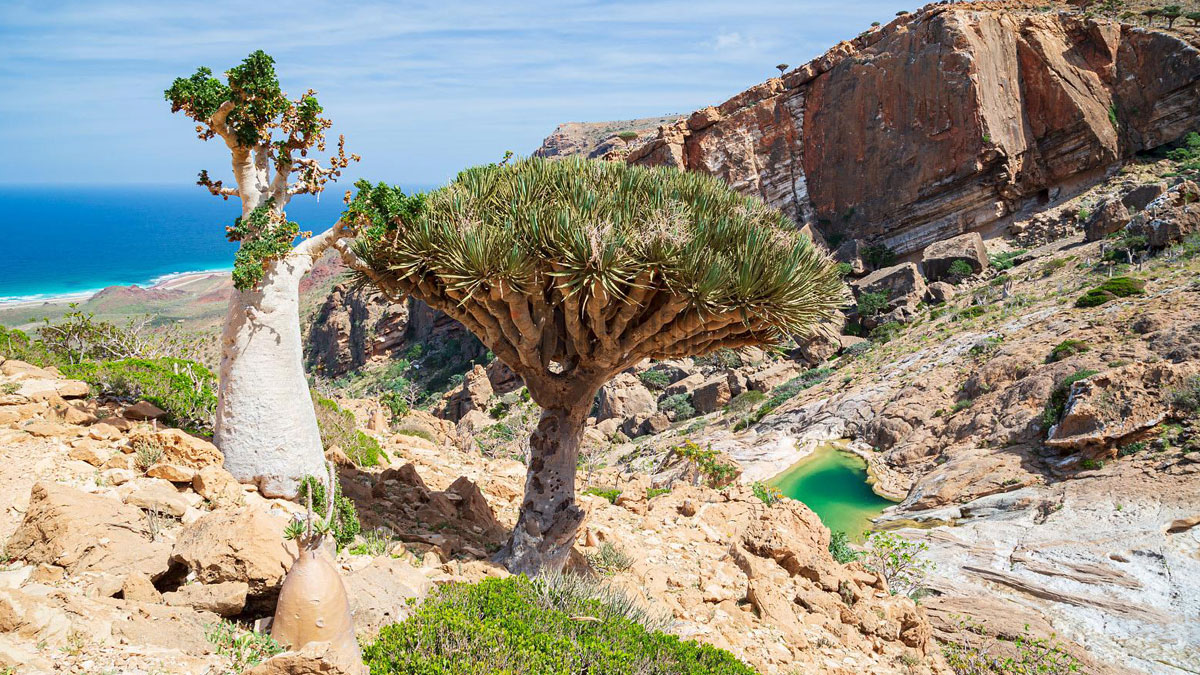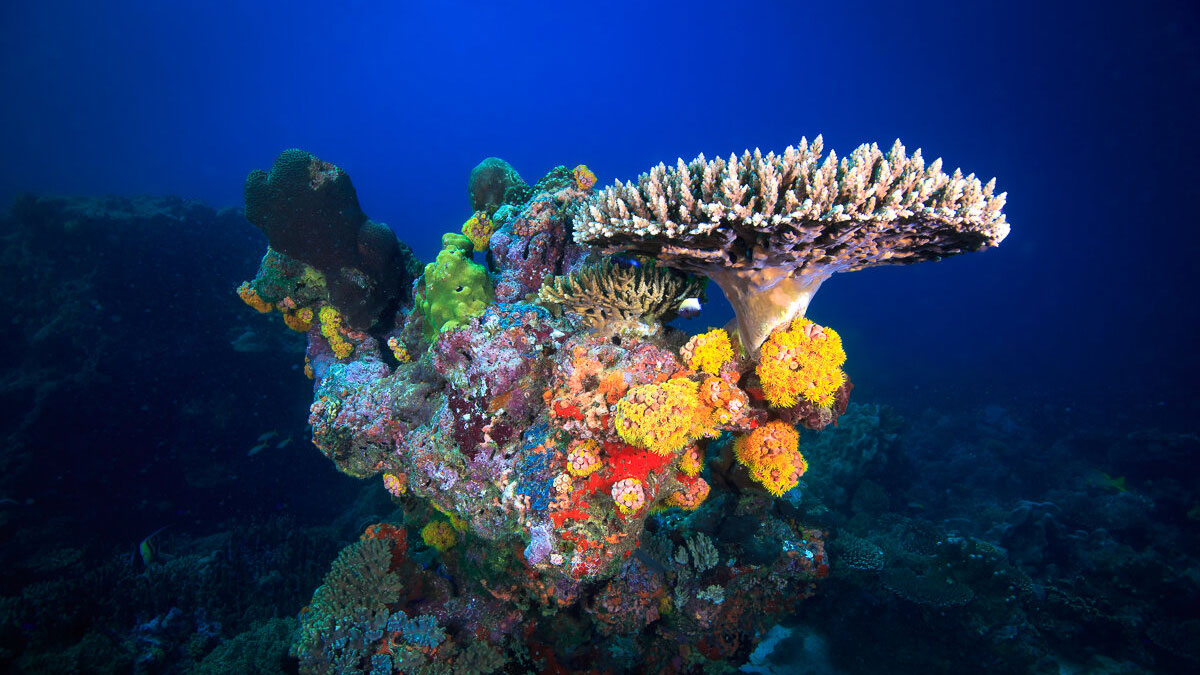The Historical Significance of Frankincense in Socotra
Frankincense has played a pivotal role in the history of Socotra, serving as a cornerstone of ancient trade and commerce. This aromatic resin was highly prized across civilizations for its use in religious rituals, medicinal practices, and as a luxury item. Kings and emperors from distant lands valued frankincense, and it was a significant trade commodity in routes stretching from the Arabian Peninsula to the Mediterranean. Historical texts, such as the Periplus of the Erythraean Sea, document the extensive use and transportation of frankincense, underscoring its historical importance.
The Biological Uniqueness of Frankincense Trees
Socotra is home to several distinctive species of frankincense trees, notably Boswellia socotrana, which thrive in the island’s unique climatic and geological conditions. These trees are remarkably adapted to the arid and rocky terrain, which helps them produce the high-quality resin for which they are renowned. The ecological role of frankincense trees extends beyond their resin; they support biodiversity by providing habitats for various species and contributing to soil fertility and stabilization.
The Global Impact and Usage of Frankincense
Today, frankincense continues to hold global significance, with applications spanning medicinal, cultural, and spiritual domains. Modern research has highlighted its potential health benefits, including anti-inflammatory and anti-cancer properties. The global trade in frankincense remains robust, driven by demand for its use in traditional medicine, aromatherapy, and religious ceremonies. As such, the preservation of Socotra’s frankincense trees is not only a local concern but a global imperative, ensuring the continued availability of this precious resource for future generations.

Current Threats to Frankincense Trees
Despite their historical and ecological significance, frankincense trees in Socotra face numerous threats. Environmental challenges, such as climate change, have resulted in reduced rainfall and more extreme weather patterns, impacting tree health and resin production. Human activities, including over-harvesting and land conversion for agricultural uses, have further endangered these trees. Additionally, a lack of effective conservation strategies has exacerbated their plight, posing a severe risk to their continued existence.
Conservation Efforts and Future Prospects
Efforts to conserve Socotra’s frankincense trees are gaining momentum, with both local and global initiatives playing vital roles. Sustainable harvesting practices are being promoted to ensure that resin extraction does not harm tree health. Local communities are increasingly involved in conservation, recognizing the trees’ cultural and economic importance. Awareness campaigns and educational programs aim to foster a sense of stewardship among Socotra’s inhabitants, while international organizations provide support and funding for conservation projects.




